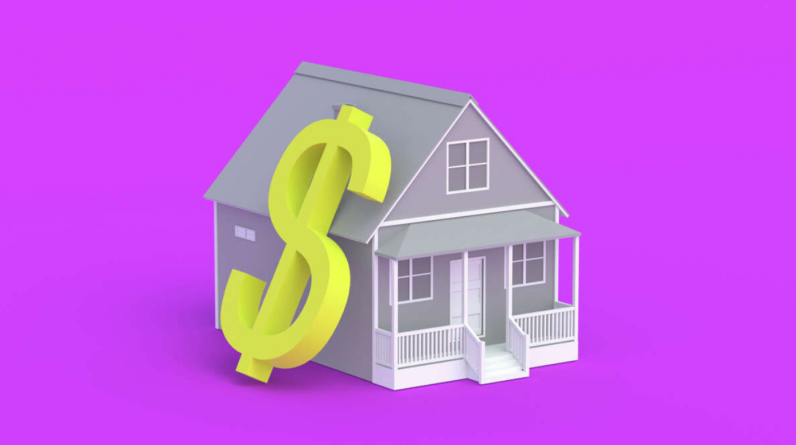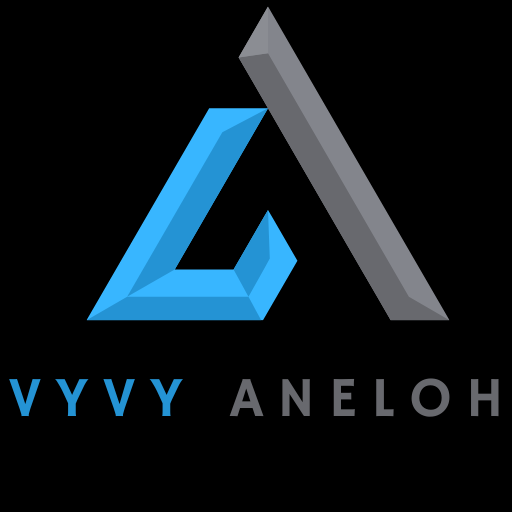
Homebuyers have reportedly compensated for higher mortgage rates by spending elsewhere.
Redfin reports that the typical down payment is down 14% from last year and at its lowest point in over two years.
“Buyers don’t have as much money to put down right now because of higher interest rates, high home prices, and inflation,” says California real estate broker and NDA Real Estate founder Casey Napolitano.
Is that it? How much should you put down on a house this year? Know this.
2023 down payments—how much?
Redfin reported a $42,375 average housing down payment in January. That’s 14% lower than last year and 10% of the average home purchase price. The median down payment was 13.6% last January.
As Napolitano said, inflation and its impact on purchasers’ wallets are contributing to this drop, but other variables are also.
Home prices have fallen. March’s median house sale price was $375,700, according to the National Association of Realtors. June’s $413,600. Since down payments are a percentage of housing prices, lower prices mean lower down payments.
Higher mortgage rates are affecting the housing market. Mortgage rates rose early last year. These rates, now at 6%, have greatly lowered demand and eliminated buyer competition.

“Now that the market is less competitive than previous years, more buyers are able to offer an amount that works best for them — rather than paying the widely considered ideal down payment of 20%,” says Rocket Mortgage executive vice president of capital markets Bill Banfield.
Why a down payment matters
Mortgages depend on down payments. It affects your loan amount, monthly payment, and interest rate.
Larger down payments usually lower monthly payments and interest rates. Banfield adds, “Higher down payments also enable a buyer to forgo private mortgage insurance.”
PMI costs $30–$70 per month for each $100,000 borrowed, according to Freddie Mac. A $300,000 loan costs $1,080–$2,520 each year.
Home search factors include your down payment. In a bidding battle, it may make sellers prefer your offer.
Doug Greene, owner of Signature Properties, says your down payment shows how serious a buyer you are. “Sellers love a larger down payment because it shows the buyer is ready and able to close.”
Your lending programs depend on your down payment. Conventional loans require a 3% down payment. FHA loans require 3.5% if you have a 580 credit score or above. You need 10% down if your score is below this.

Online mortgage tools can show you how different home prices and down payments affect your mortgage rate and monthly payment. Enter your new home budget, down payment percentage, and a few other details to get ballpark prices. Shop around, especially with rising mortgage rates.
Saving for a downpayment
There are many ways to save for a down payment.
“One of the most effective strategies is to create a budget and stick to it, setting aside a portion of each paycheck for savings,” explains LBC Mortgage CEO and founder Alex Shekhtman. “You can also cut back on discretionary expenses, like dining out or entertainment, and put those funds toward savings.”
A side job, more hours, or debt reduction can also help.
Napolitano believes debt repayment can boost your down payment fund. “Pay high-interest debt first, like credit card balances or personal loans.”
A high-yield savings account can also help. These accounts feature rising interest rates and can help you build balances faster than standard bank accounts. You might also invest in certificates of deposit (CDs), which lock up your money for six months to five years. These are suitable for long-term house purchases.
Bottom line
Due to increased mortgage rates and decreased competition, the average house down payment has decreased this year. However, that does not require a lesser down payment. If you can, a greater down payment has several advantages: It can lower your mortgage rate, monthly payments, and negotiation leverage when making an offer on your ideal home. High-yield savings accounts provide exceptional interest rates, making it a great time to save for a down payment.
